Lions are among the most iconic and majestic animals in the world, but not all lions are the same. Various subspecies, each with unique characteristics and habitats, face different levels of threat and rarity. From the Asiatic lions in India to the critically endangered West African lions, each type has its own story of survival and struggle. This article explores 13 of the rarest lion subspecies, highlighting their distinct features, current status, and the conservation efforts aimed at preserving these magnificent creatures for future generations.
Asiatic Lion
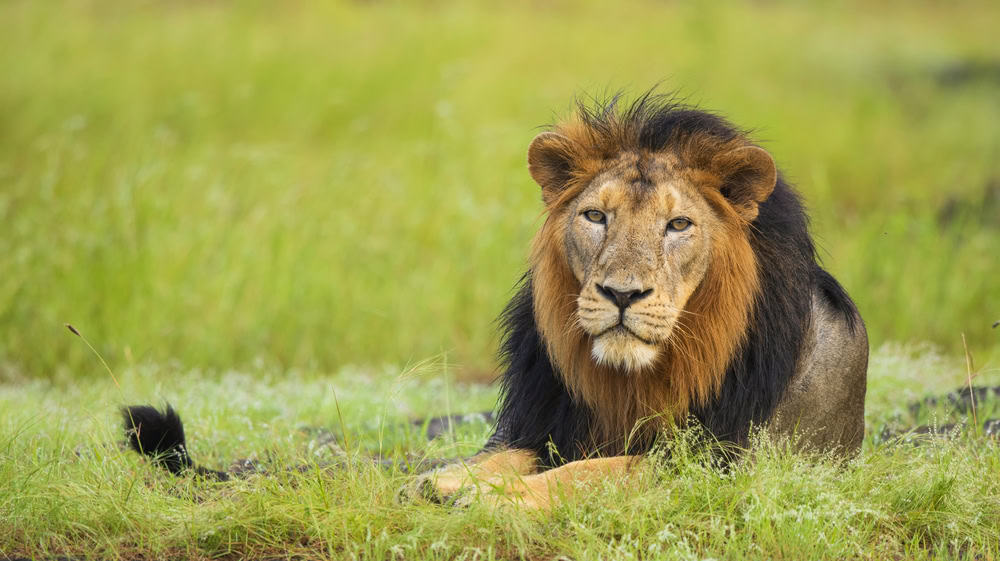
The Asiatic lion, found exclusively in the Gir Forest of India, is a critically endangered subspecies with a population of around 600 individuals. Unlike their African relatives, Asiatic lions possess a distinctive fold of skin along their belly and a shorter, sparser mane. Conservation efforts have been ongoing since the early 20th century, when their numbers had dwindled to just a few dozen. Habitat loss and human-wildlife conflict continue to threaten their survival, making them one of the rarest lions in the world. The concerted efforts of the Indian government and conservation organizations have been crucial in stabilizing their numbers, though the species remains vulnerable.
Barbary Lion
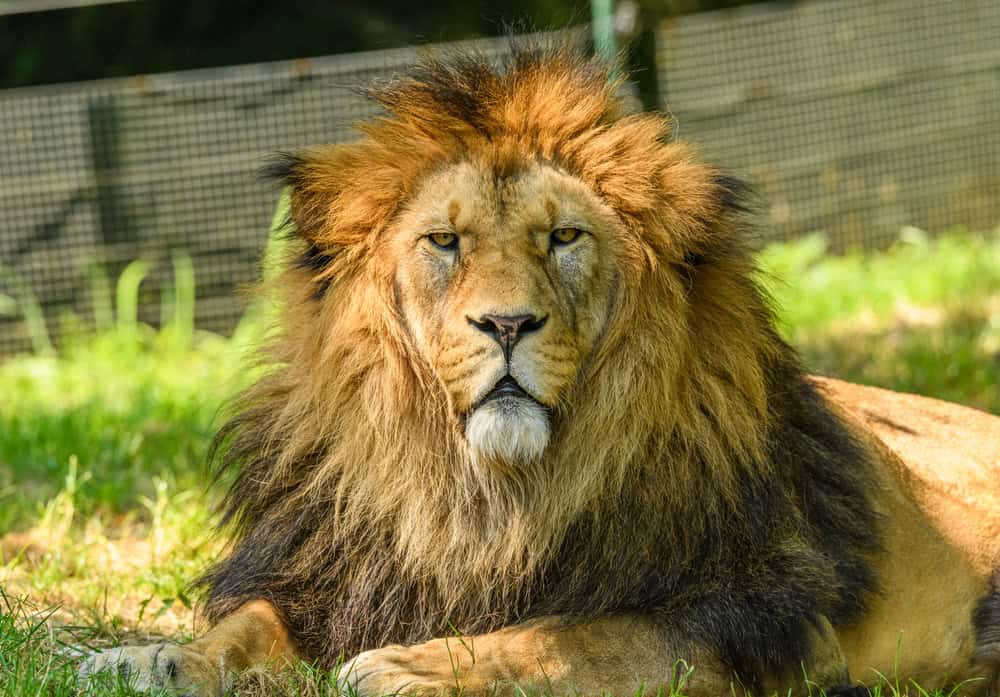
Historically roaming the mountains and deserts of North Africa, the Barbary lion is now extinct in the wild. Known for its impressive size and dark mane that extends to its belly, this majestic lion was last seen in the wild in the early 20th century. Today, a few descendants exist in captivity, thanks to breeding programs in zoos around the world. These efforts aim to revive the subspecies, but the Barbary lion’s natural habitat has largely disappeared, complicating potential reintroduction efforts. The rarity of the Barbary lion in both the wild and captivity underscores the importance of continued conservation work.
West African Lion
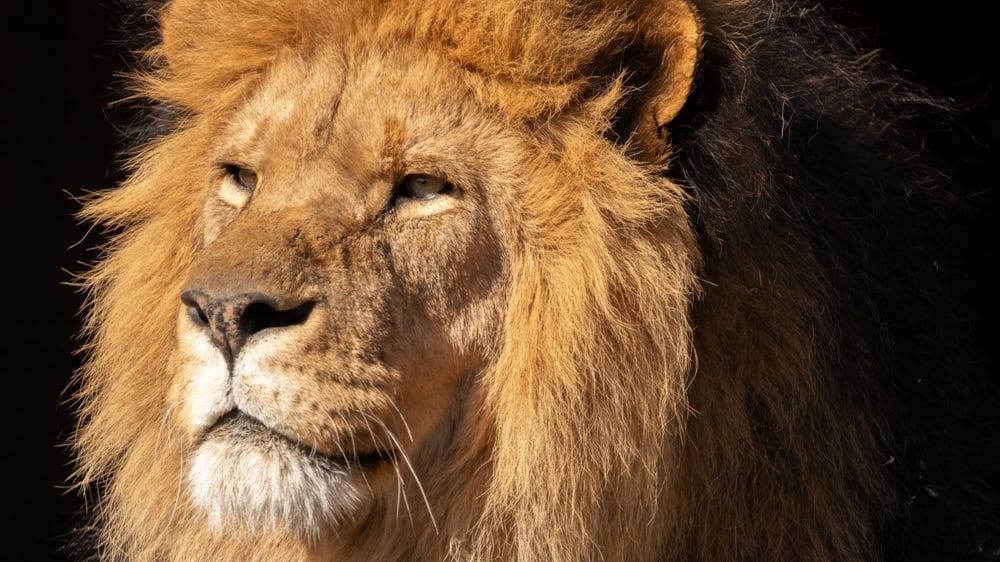
The West African lion, critically endangered with fewer than 400 individuals left, inhabits fragmented regions in West Africa, including countries like Senegal and Nigeria. Smaller and lighter than other African lions, they are often less visible due to their elusive nature. Their decline is primarily due to habitat loss, poaching, and conflicts with humans. Despite the grim outlook, conservationists are working tirelessly to protect the remaining populations through habitat preservation and anti-poaching initiatives. The West African lion’s precarious status highlights the urgent need for increased conservation efforts.
Congo Lion

Inhabiting the northeastern regions of the Democratic Republic of Congo, the Congo lion is a lesser-known and rarer subspecies. These lions are smaller and have less pronounced manes compared to their savannah counterparts. Political instability and civil unrest in their habitat pose significant threats to their survival. Conservation efforts are hampered by the region’s inaccessibility and ongoing conflicts. Despite these challenges, small, dedicated teams work to monitor and protect the remaining populations, making every sighting of the Congo lion a rare and treasured event.
Ethiopian Lion
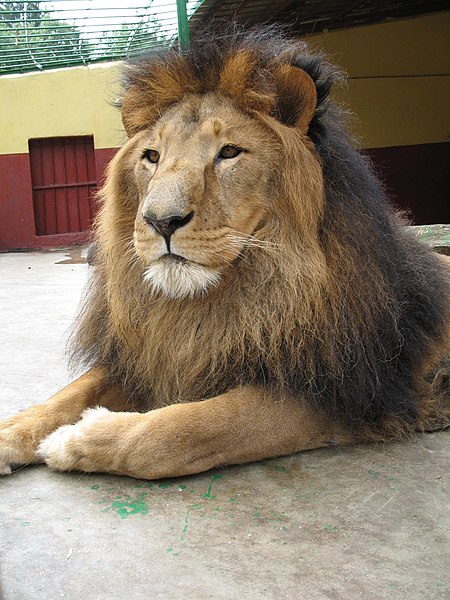
Native to the Ethiopian highlands, the Ethiopian lion is a unique subspecies characterized by its smaller size and less prominent mane. With a population that remains small and localized, these lions are genetically distinct from other African lions. Their habitat is under constant threat from agricultural expansion and human encroachment. Conservation initiatives are focused on preserving their remaining habitats and mitigating human-wildlife conflict. The Ethiopian lion’s limited range and specialized habitat make it one of the rarest and most vulnerable lion subspecies in Africa.
Kalahari Lion
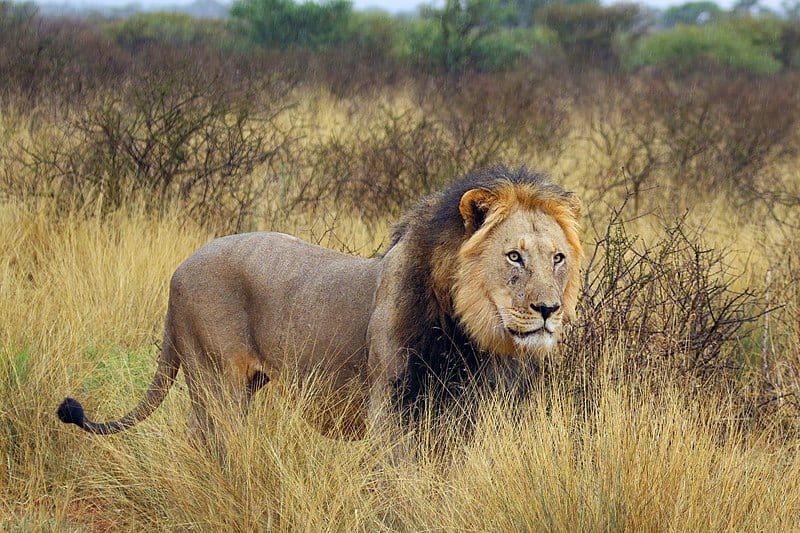
Adapted to the harsh conditions of the Kalahari Desert, the Kalahari lion is known for its lighter build and exceptional ability to survive in arid environments. These lions exhibit unique behavioral adaptations, such as traveling long distances to find water. Despite their resilience, climate change and habitat encroachment pose significant threats to their population. The Kalahari lion’s rarity is underscored by the specialized nature of its habitat, which limits its range and increases its vulnerability to environmental changes.
Masai Lion
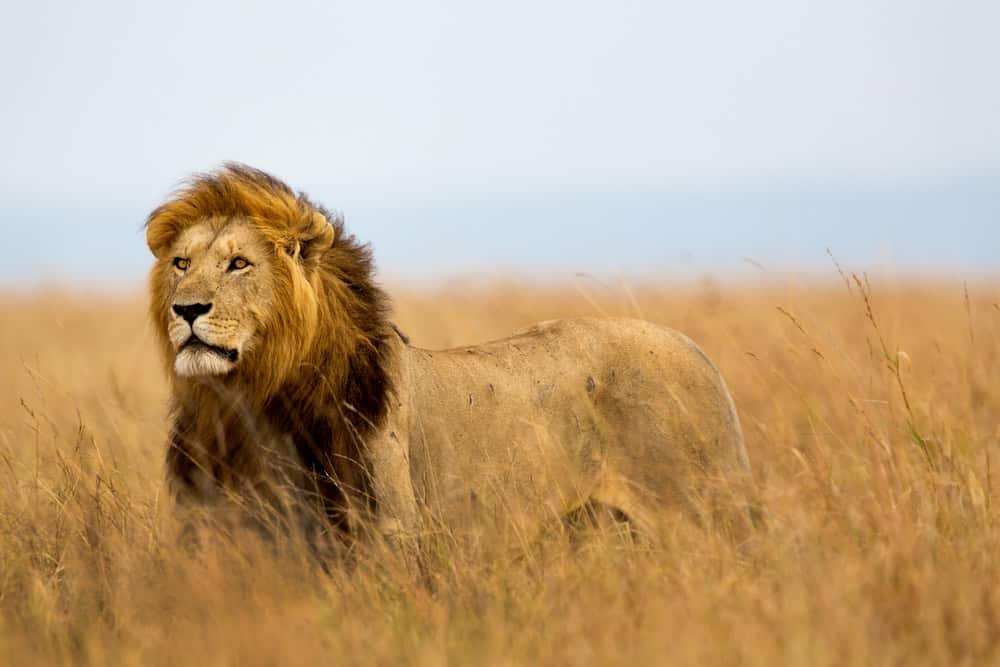
Roaming the plains of East Africa, particularly in Kenya and Tanzania, the Masai lion is recognized for its lean build and long legs. Unlike other subspecies, males have a more substantial and impressive mane. However, their population is under pressure from habitat encroachment and poaching. Conservation efforts are focused on mitigating these threats through community engagement and habitat protection. The Masai lion’s distinct physical characteristics and unique behavior patterns make it a fascinating and rare subspecies to study and protect.
Transvaal Lion
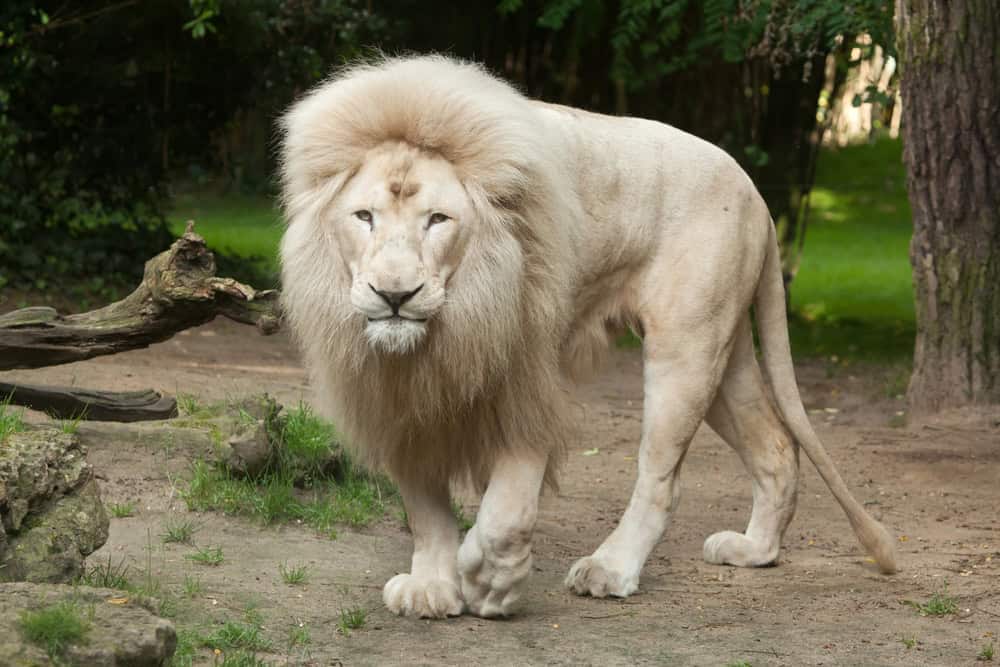
Primarily found in South Africa’s Kruger National Park, the Transvaal lion, also known as the Southeast African lion, boasts a robust build and large mane. Their population is relatively stable due to strong conservation programs, but they remain near threatened. Poaching and habitat fragmentation continue to pose risks. Efforts to protect these lions include anti-poaching patrols and habitat restoration projects. The Transvaal lion’s strong genetic diversity makes it a key focus of conservation initiatives, aiming to preserve this vital subspecies for future generations.
Cape Lion
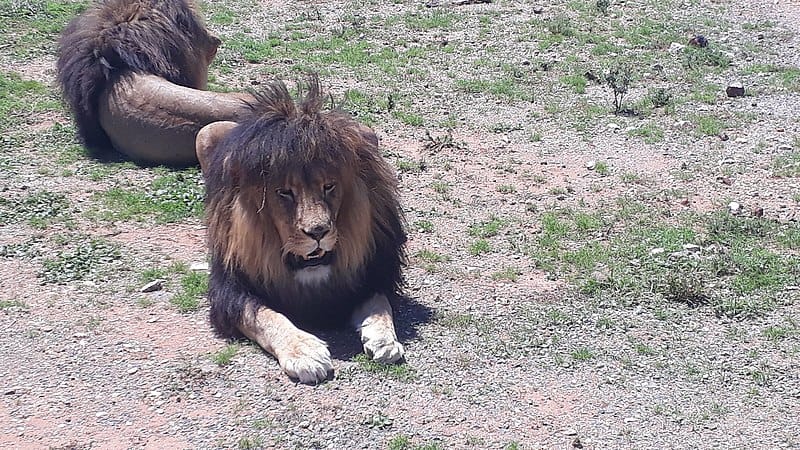
Once native to South Africa’s Cape Province, the Cape lion is now extinct in the wild. Known for its large size and black-tipped mane, it was last seen in the 19th century. Today, a few descendants survive in captivity, thanks to selective breeding programs. These efforts aim to recreate the subspecies’ genetic profile, although reintroduction into the wild remains a distant goal. The Cape lion’s extinction in the wild serves as a poignant reminder of the impacts of human activity on wildlife.
Southern African Lion
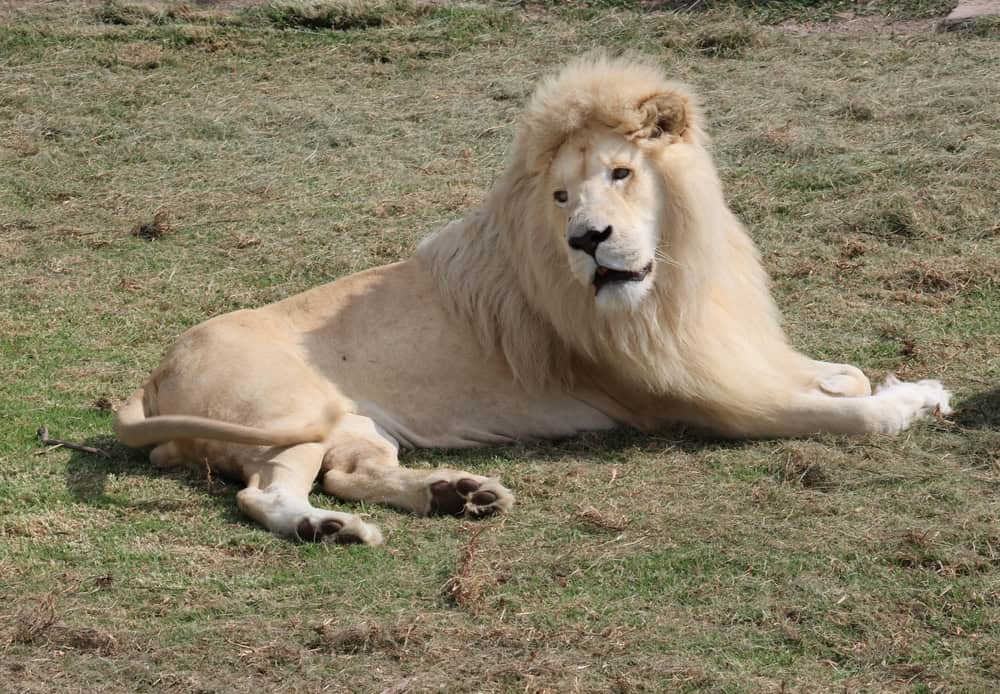
Found in various parts of Southern Africa, the Southern African lion is known for its adaptability and larger body size. Their population is relatively stable but threatened by habitat encroachment and poaching. Conservation initiatives include habitat preservation and anti-poaching measures. The genetic diversity of this subspecies is a significant factor in its survival, and ongoing efforts aim to maintain this diversity. The Southern African lion’s ability to thrive in different environments makes it a key target for conservation strategies.
Somali Lion
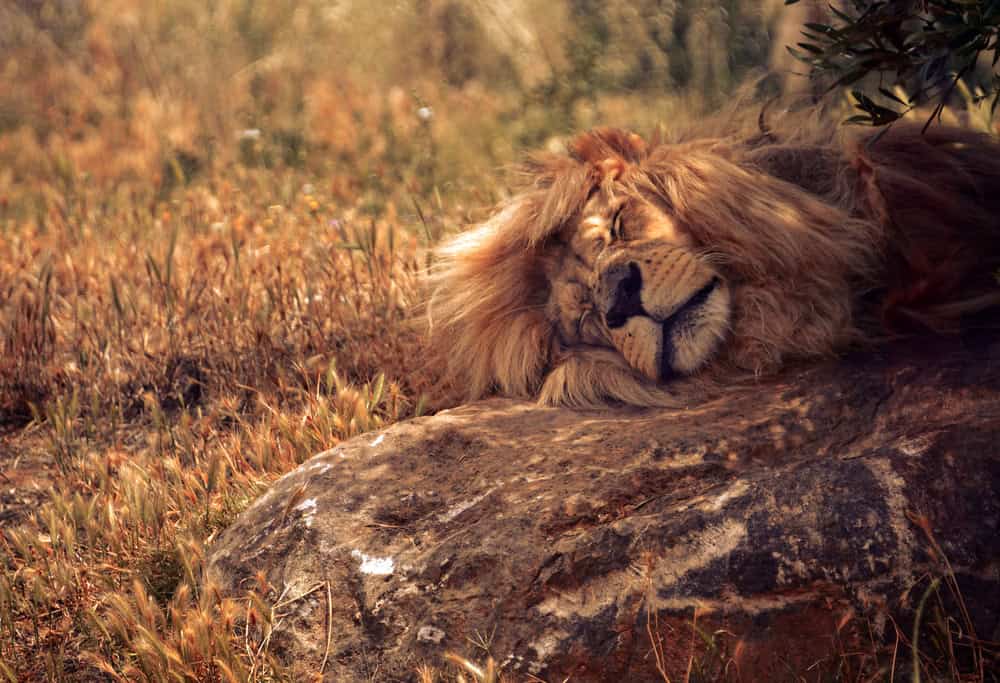
Native to Somalia and parts of Ethiopia, the Somali lion is adapted to arid regions and faces significant threats from habitat loss and political instability. Smaller and less well-known than other subspecies, these lions are critically endangered. Conservation efforts are limited due to the challenging political situation in their habitat. The Somali lion’s rarity and unique adaptations make it a vital focus for future conservation projects.
Chobe Lion
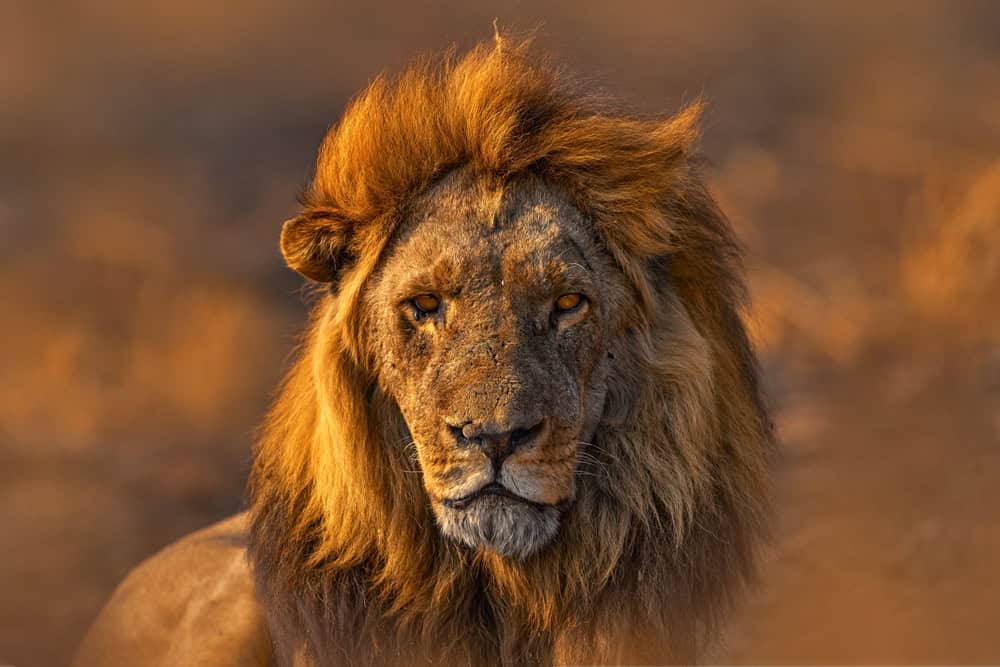
Found in Botswana’s Chobe National Park, the Chobe lion is known for its unique genetic traits and smaller population size. These lions are particularly vulnerable to habitat loss and human-wildlife conflict. Conservation initiatives in Chobe focus on protecting their natural habitat and promoting sustainable tourism. The Chobe lion’s distinct genetic profile makes it an important subject for conservation research and efforts.
Angolan Lion

Inhabiting Angola, the Angolan lion is known for its unique genetic traits and smaller population. Political instability and habitat destruction are significant threats to their survival. Conservationists work under challenging conditions to monitor and protect these lions. The Angolan lion’s rarity makes it a critical focus for conservation programs aimed at preserving its unique genetic heritage.
This article originally appeared on Rarest.org.
More From Rarest.Org
Embarking on a journey through automotive excellence and luxury, we delve into the realm of Jaguar’s most prized possessionsâthe 16 Most Expensive Jaguar Cars in the World. These remarkable vehicles stand as icons of engineering mastery, elegance, and timeless style. Read more.
When considering adding a small dog to your family, the price tag might be a surprise. Many small dog breeds are not only sought after for their compact size and adorable looks but also come with a significant cost. Read more.
Wagyu beef, renowned for its luxurious marbling and unparalleled tenderness, stands as the epitome of high-quality meat. Originating from Japan, where meticulous breeding techniques and careful feeding regimens elevate its flavor and texture, Wagyu has garnered a global reputation. Read more.



